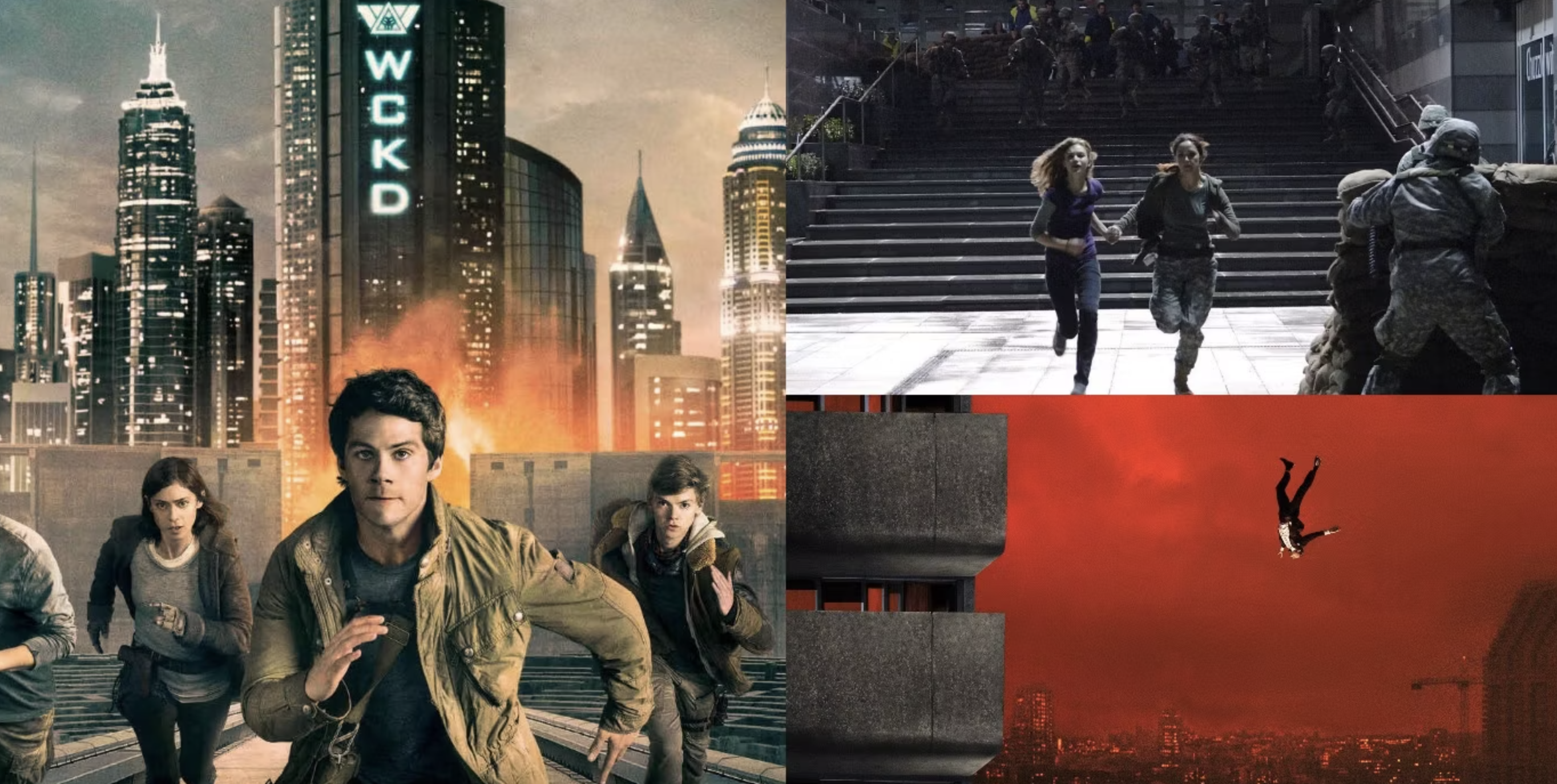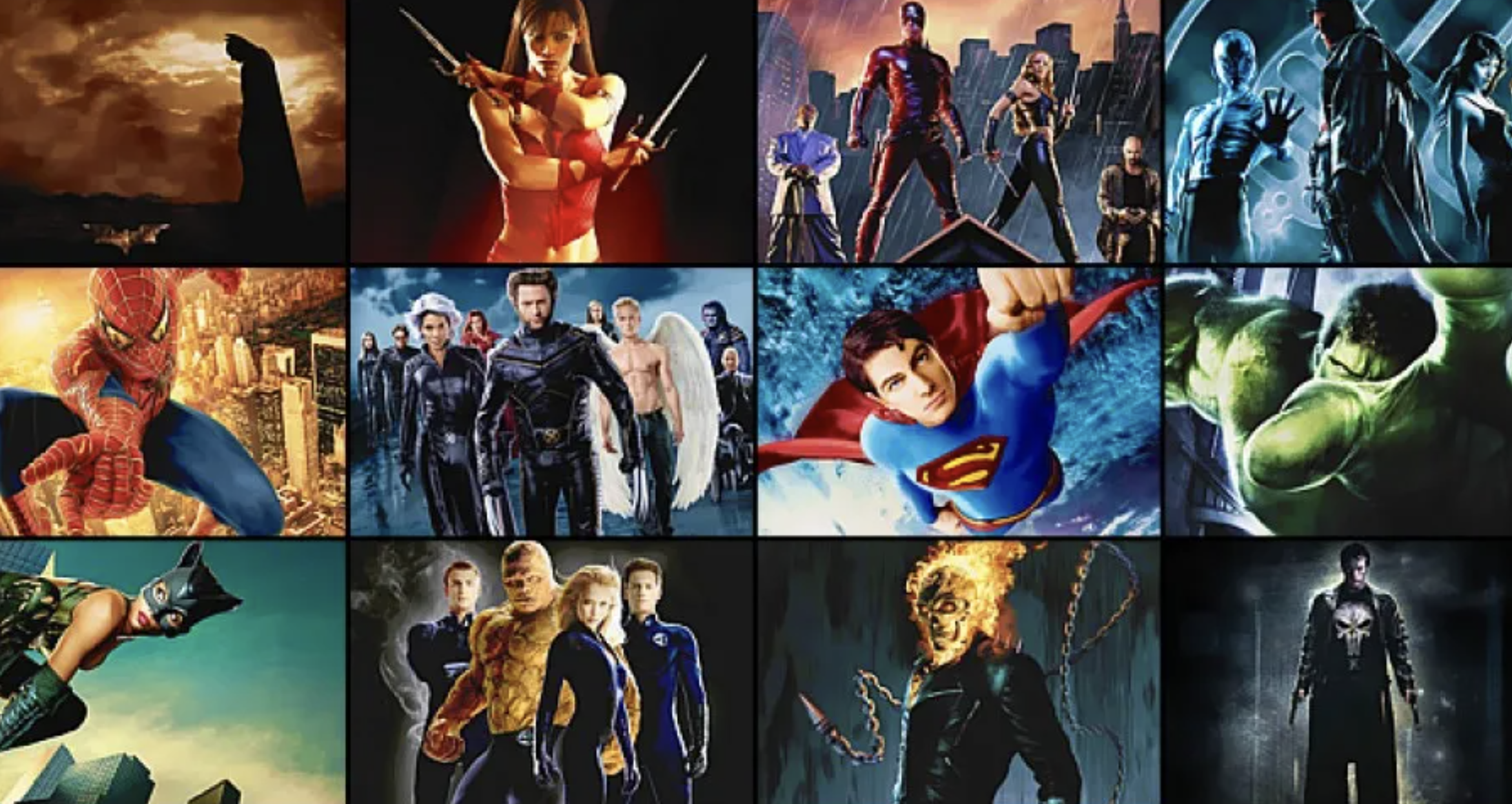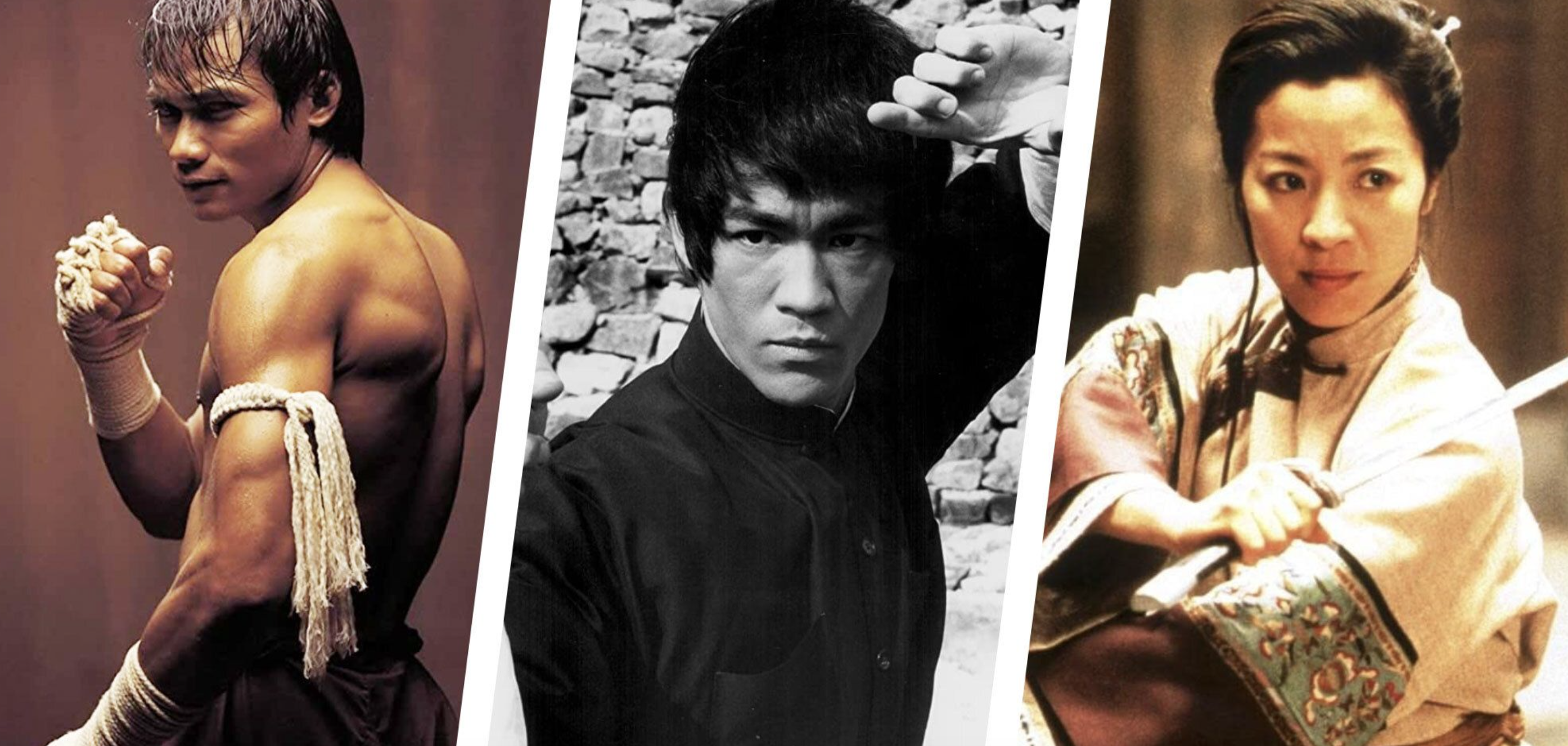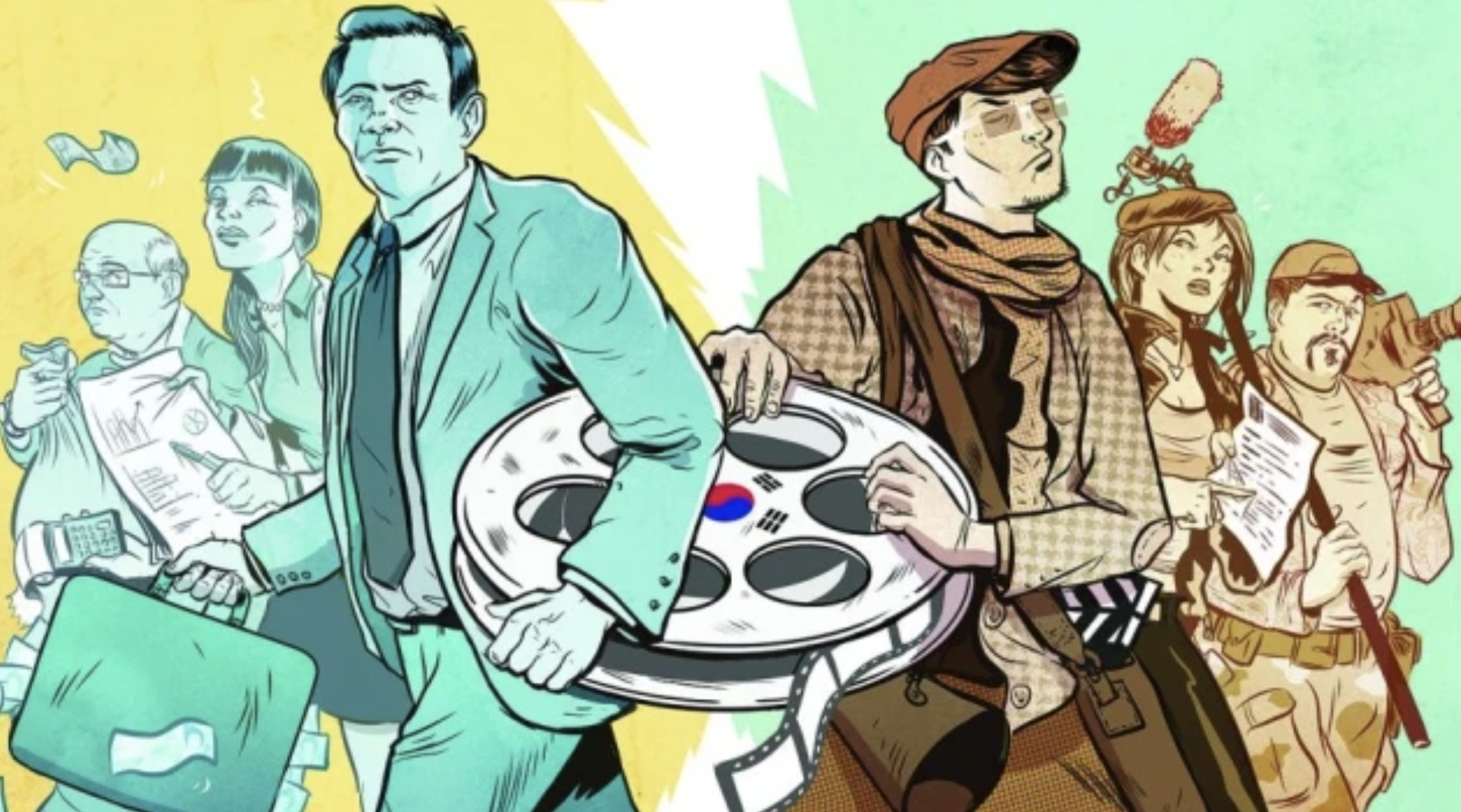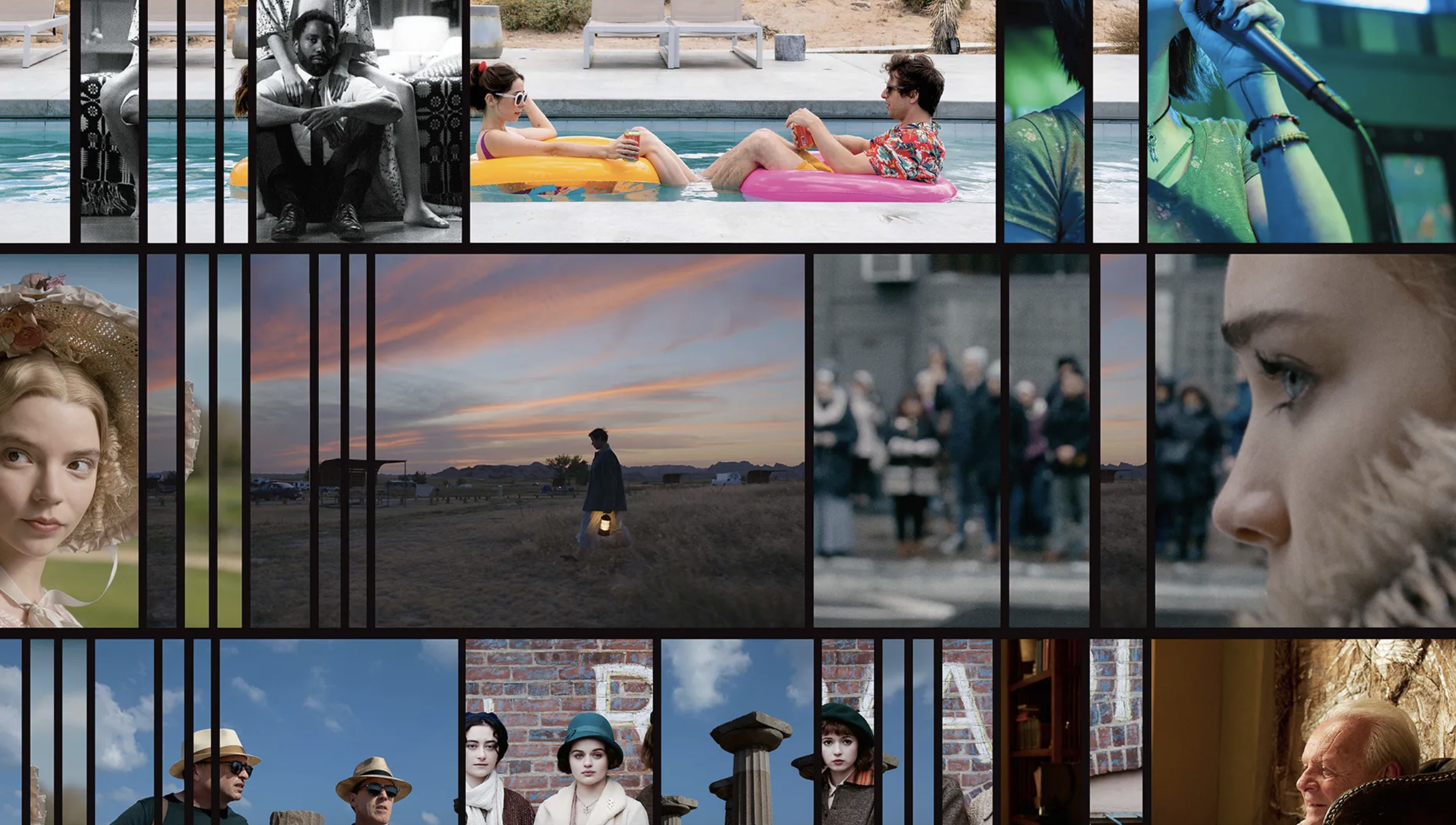Zombie Apocalypse Films: A Survival Guide
Dive into the thrilling world of the undead with our "Zombie Apocalypse Films: A Survival Guide". This guide is your ultimate roadmap to navigate the spine-chilling, adrenaline-pumping realm of zombie films. Prepare to explore the unexplored!
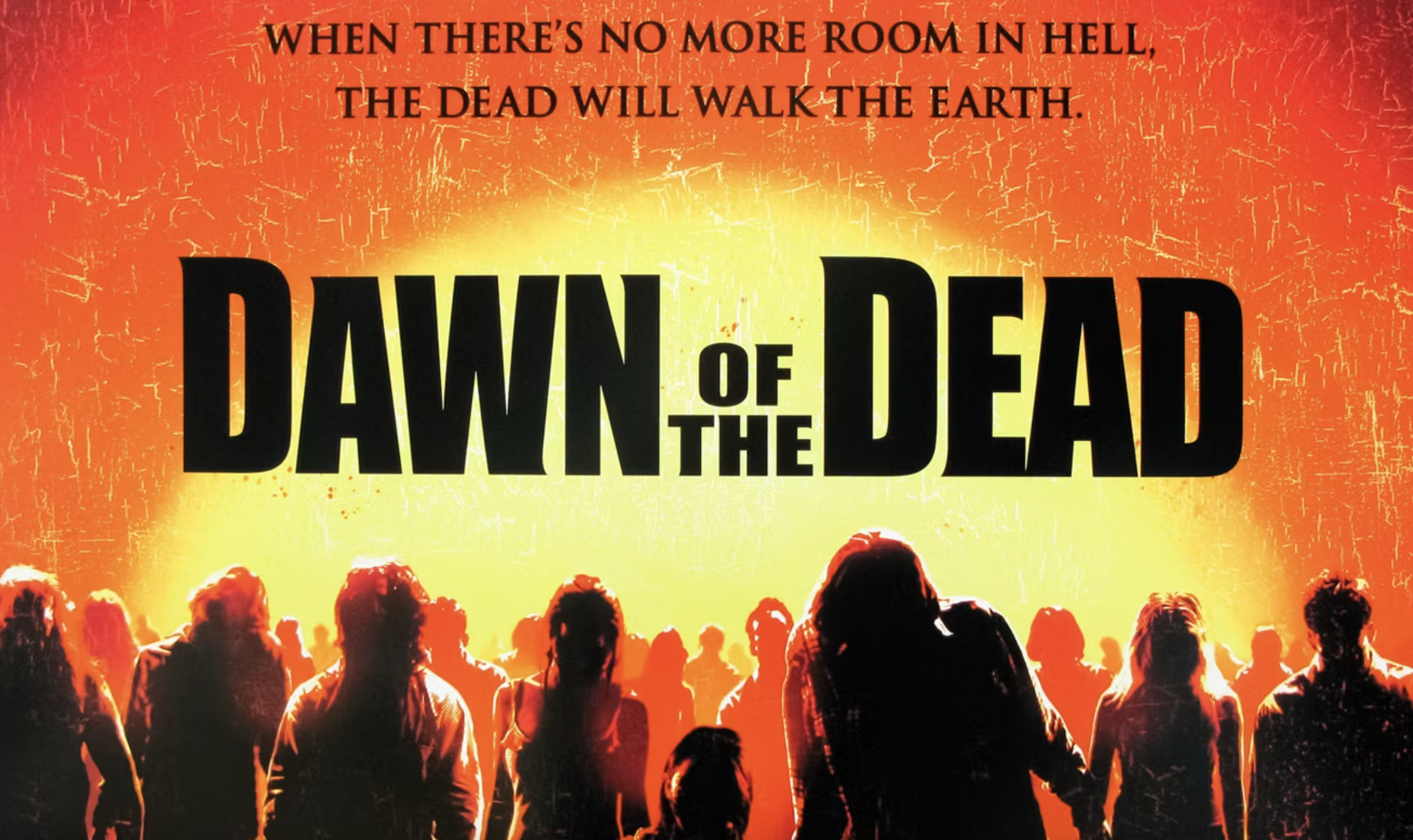
Dawn of the Dead (1978)
"Dawn of the Dead," directed by the legendary George A. Romero, stands as an iconic cornerstone in the realm of zombie cinema. This 1978 masterpiece takes audiences into the eerie silence of a deserted shopping mall, now a fortress for a band of survivors amidst a world succumbing to the undead. Romero ingeniously uses the backdrop of the zombie apocalypse to deliver a biting critique on consumerism and the hollow pursuits of society. The film's blend of harrowing suspense and social commentary solidified its status as a cult classic, making it an essential entry for both the horror enthusiast and the critical viewer. As the survivors barricade themselves against the ceaseless waves of zombies, the mall becomes a character in its own right, symbolizing both sanctuary and prison. The movie's influence extends beyond its immediate genre, inspiring countless filmmakers and spawning a genre that thrives to this day. "Dawn of the Dead" not only promises relentless scares but also invites viewers to ponder deeper themes beneath the surface horror. Its legacy is unmatched, offering a haunting, thought-provoking journey into the heart of darkness that is as relevant now as it was at the time of its release.
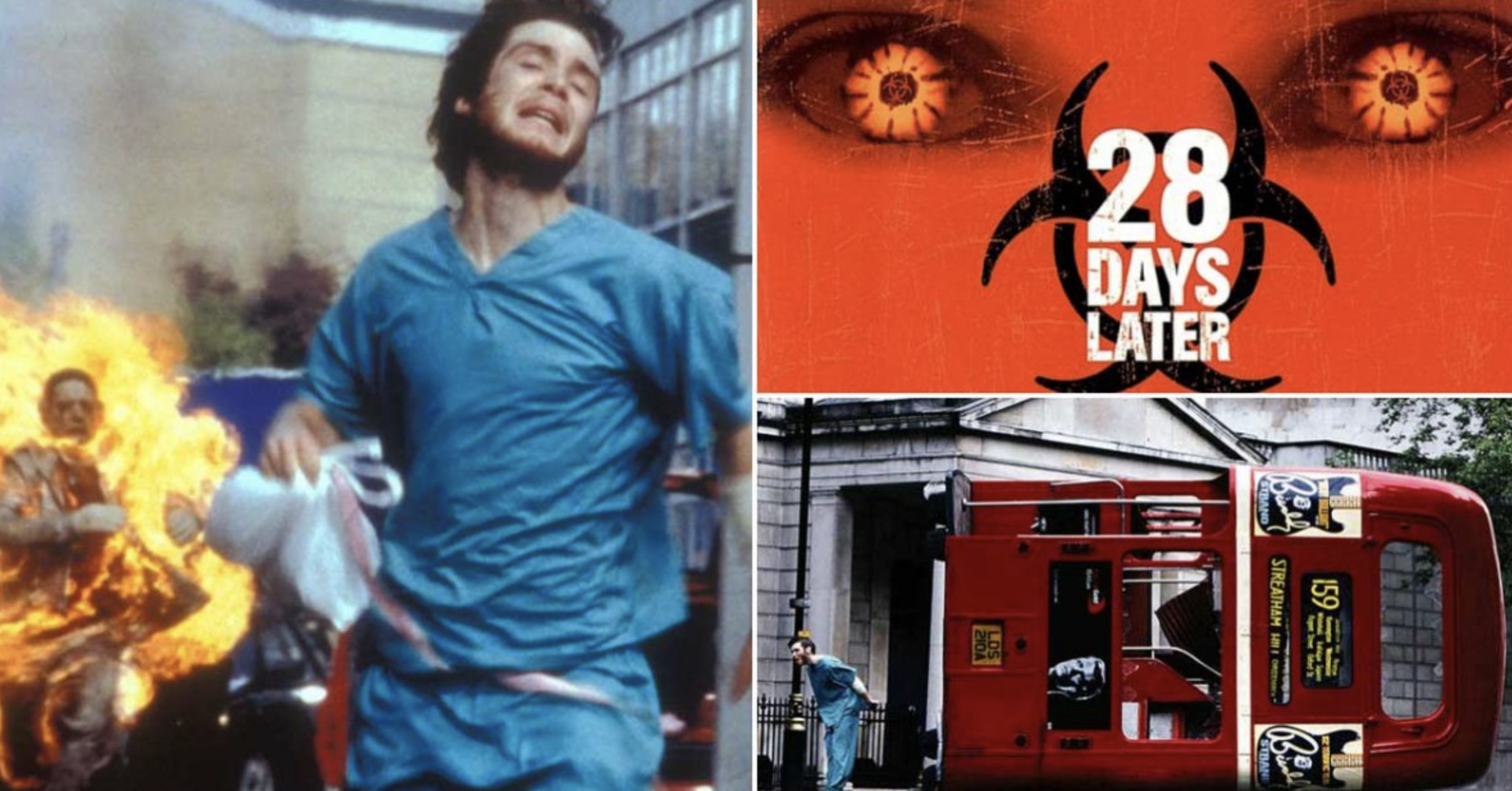
28 Days Later (2002)
In 2002, "28 Days Later" emerged as a groundbreaking film in the zombie genre, thanks to the innovative vision of director Danny Boyle. The movie injected new life into traditional zombie lore by introducing audiences to the terror of fast-moving, rage-infected zombies, a stark departure from the slow, shambling creatures of previous films. Set against the haunting backdrop of a deserted London, the narrative unfolds around Jim, a bicycle courier who wakes from a coma to find the city eerily abandoned, save for the infected populace now hunting the living.
"28 Days Later" is distinguished by its intense pace and a palpable sense of urgency, propelling the audience alongside the survivors as they navigate the dangers of this new world. The cinematography captures the isolation and desolation of the post-apocalyptic setting, while the performances, particularly by Cillian Murphy and Naomie Harris, add depth and humanity to the harrowing tale. The film also delves into themes of survival, human nature, and the breakdown of societal norms under extreme conditions, elevating it beyond a simple horror flick into a thought-provoking exploration of what it means to remain human in the face of unimaginable horror.
By blending visceral thrills with emotional storytelling, "28 Days Later" not only redefined zombie movies but also left a lasting impression on the horror genre. Its legacy is evident in the influence it has had on subsequent films and TV shows, which have borrowed from its depiction of the fast-moving undead. For fans and newcomers alike, the film remains a must-see for its innovative approach and its compelling vision of a world ravaged by a pandemic turned nightmare.
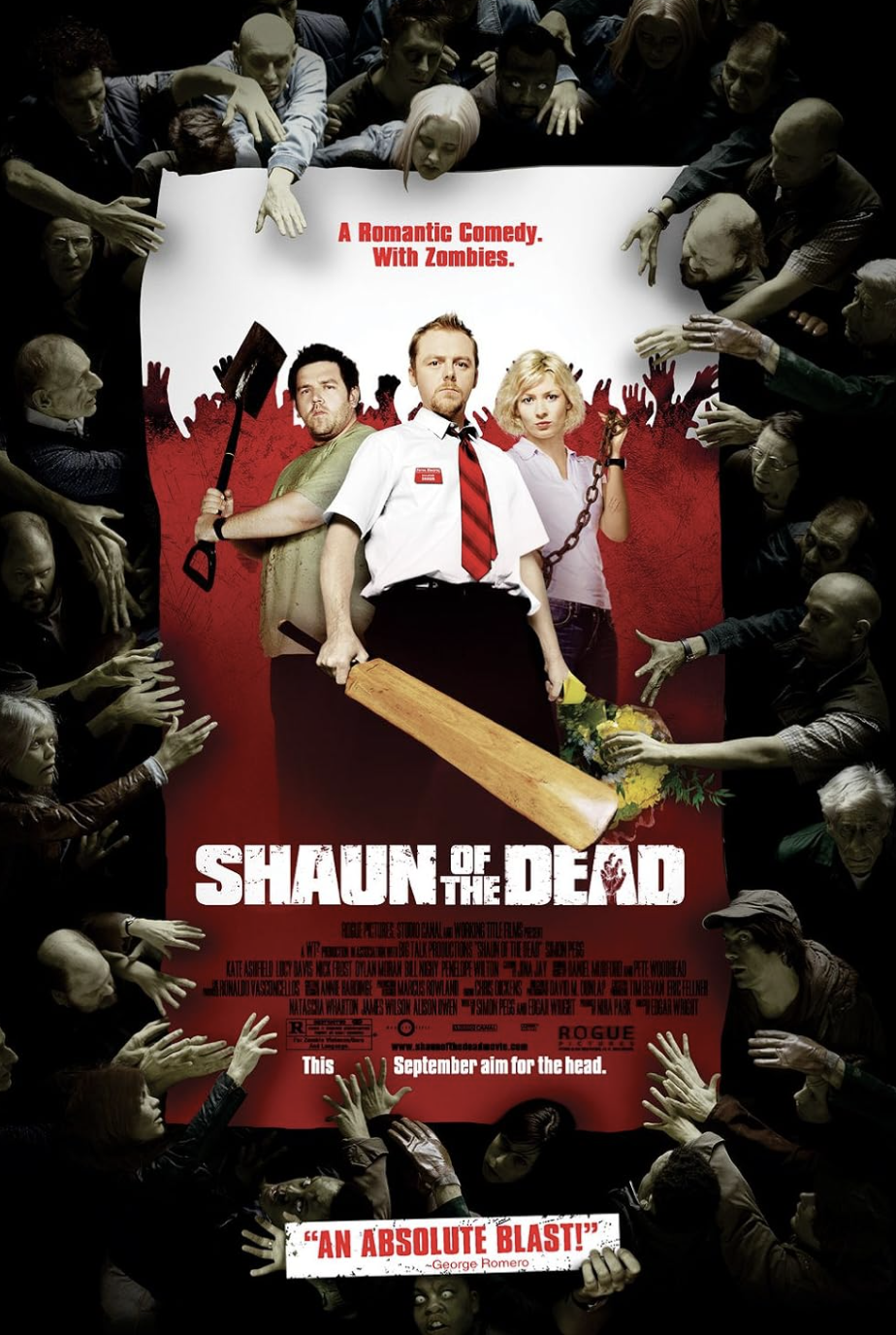
Shaun of the Dead (2004)
"Shaun of the Dead" masterfully blends humor with the horror of a zombie apocalypse in a way that redefines the genre. Directed by Edgar Wright and starring Simon Pegg as Shaun, this film is a refreshing deviation from the traditional doom-and-gloom of zombie narratives. Shaun's life is stuck in a rut until he's forced to become a hero as the undead begin to take over London. With a pitch-perfect mix of comedy, action, and genuine scares, Wright crafts a story that is as much about personal growth as it is about surviving the undead.
What sets this film apart is its clever script, full of nods to zombie cinema classics, while also injecting a uniquely British wit that keeps the audience laughing amidst the carnage. Simon Pegg and Nick Frost, as Shaun and Ed, display impeccable comedic timing, turning what could be a grim scenario into a hilarious buddy comedy. The film’s ability to oscillate between moments of humor and horror without losing the beat is a testament to Wright’s directorial prowess.
"Shaun of the Dead" also comments on the monotony of daily life, with the early stages of the zombie outbreak going unnoticed by Shaun, a nod to society's desensitization to the world around them. This clever subtext adds depth to what could easily have been a straightforward comedy, making it a standout in the genre.
By offering a hilarious yet heartfelt take on the zombie apocalypse, "Shaun of the Dead" has not only garnered a cult following but has also opened the door for more films that dare to mix horror with humor, proving that even in the darkest of times, there's room for a good laugh.
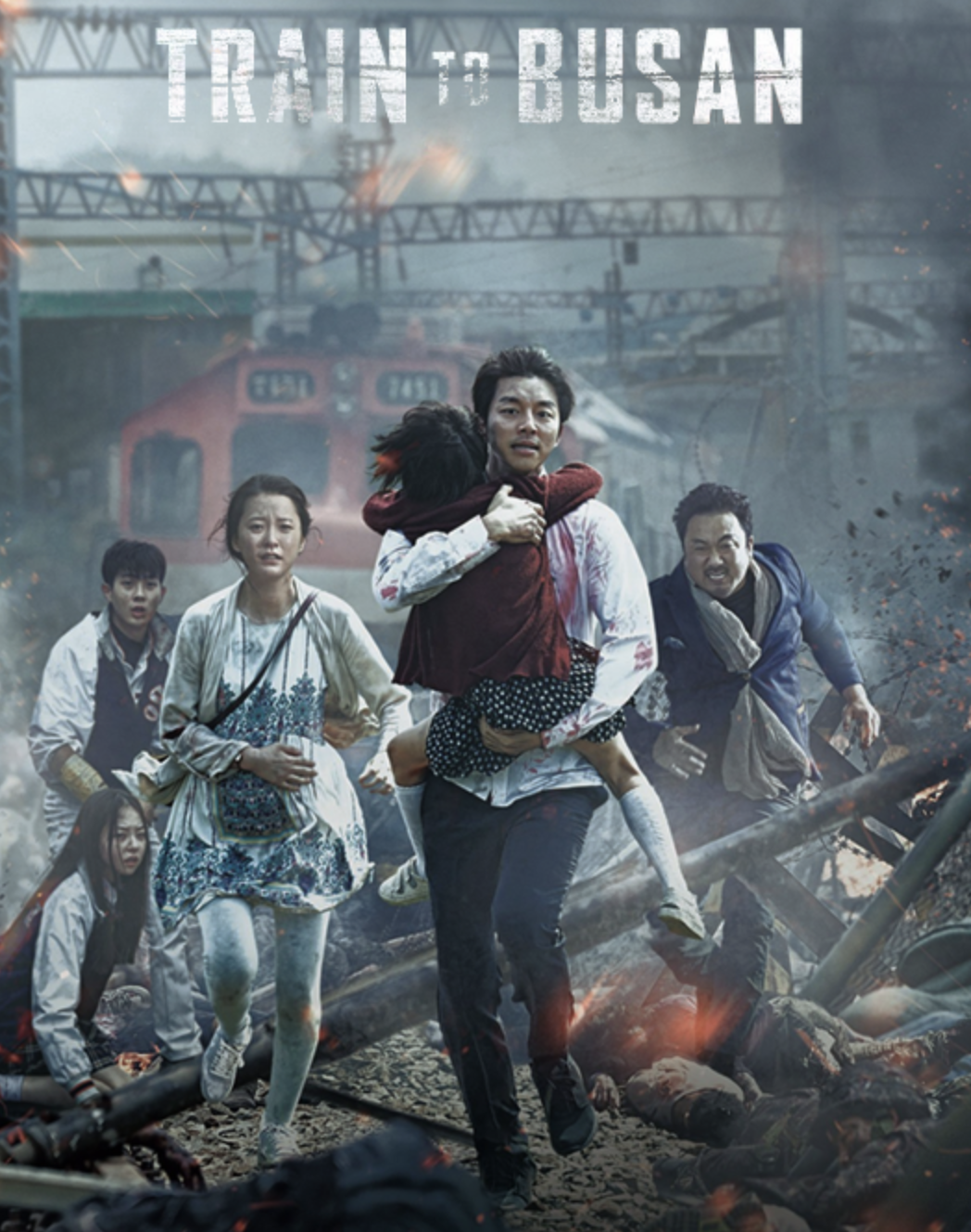
Train to Busan (2016)
"Train to Busan" plunges viewers into a high-velocity nightmare, setting itself apart in the zombie apocalypse genre through its unique setting aboard a speeding train. Directed with a deft hand by Yeon Sang-ho, this South Korean gem weaves a tense, claustrophobic narrative where the stakes are as high as the speed of the train carrying its passengers towards the supposed safe haven of Busan. From the outset, the film captivates with its rapid onset of chaos, as passengers - including a workaholic father and his estranged daughter - find themselves ensnared in a deadly outbreak that turns victims into ferocious undead with alarming speed.
What makes "Train to Busan" especially compelling is its human drama. The characters are richly drawn, their personal stories and struggles providing emotional depth amidst the relentless terror. The film examines themes of sacrifice, social inequality, and what it means to be human in the face of unimaginable horror. It's these elements, coupled with edge-of-your-seat action and heart-pounding suspense, that elevate "Train to Busan" beyond mere thrills.
The zombies in "Train to Busan" are terrifyingly agile, their movements unnerving and unpredictable, adding a fresh layer of intensity to the film's many confrontations. The claustrophobic confines of the train amplify the fear and desperation, making the film's action sequences all the more exhilarating.
Yeon Sang-ho's direction ensures that "Train to Busan" is not just a journey of survival but a harrowing emotional journey that questions the essence of humanity. The film stands as a testament to the genre's potential for innovation and depth, making it an unforgettable experience in the world of zombie apocalypse movies.
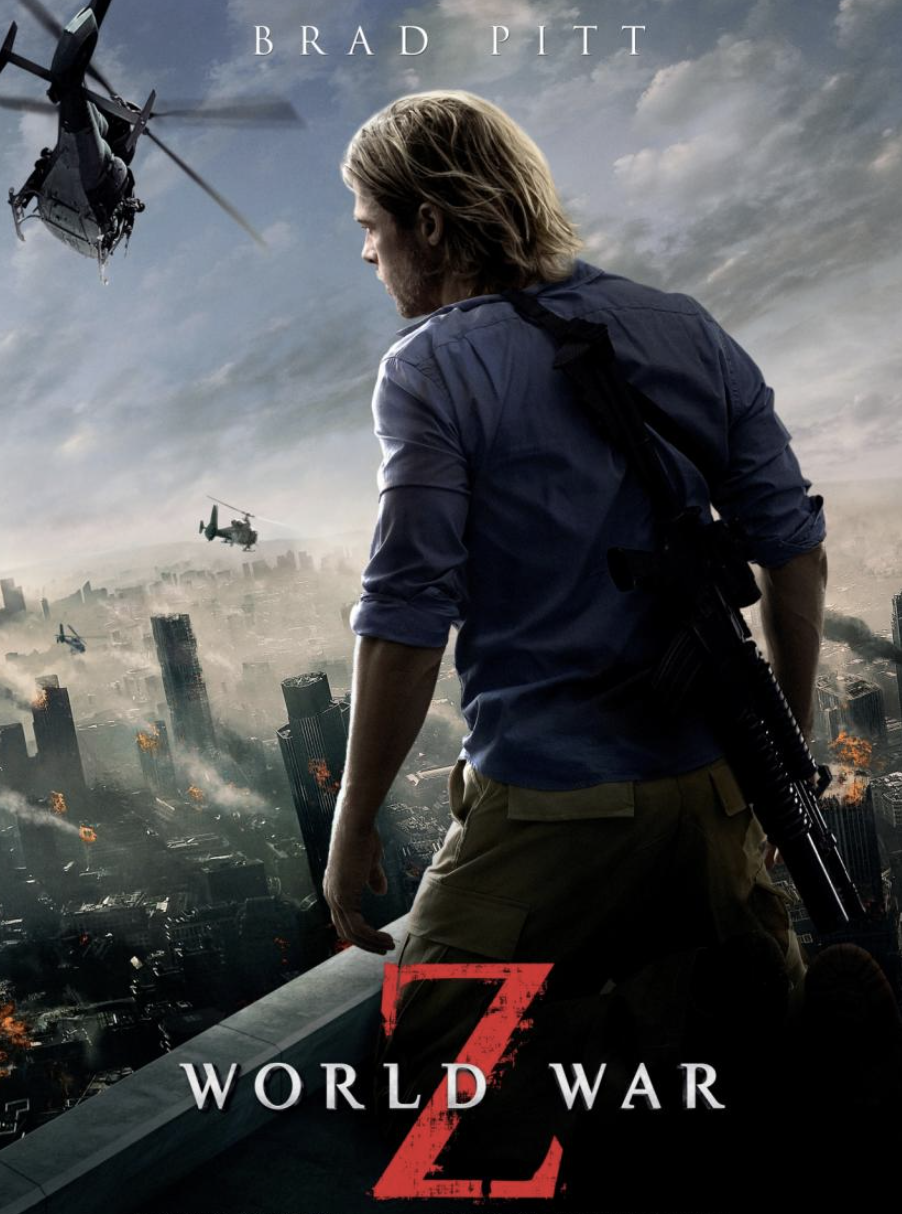
World War Z (2013)
"World War Z" catapults audiences into a gripping narrative where Brad Pitt stars as Gerry Lane, a man thrust into the chaos of a zombie pandemic that spans the globe. Unlike traditional zombie films that focus on localized outbreaks, "World War Z" distinguishes itself with an epic scale, showcasing the widespread devastation and societal collapse across continents. The film delivers a relentless pace, driven by its inventive portrayal of zombies as a swarming mass, reminiscent of natural disasters, adding a terrifying layer of realism to the undead threat. The high-octane action sequences, from Jerusalem's walls being overrun to a plane crash survival, are crafted with precision, making every moment of survival feel perilous and urgent. "World War Z" delves into themes of global cooperation and the lengths humanity will go to protect its own, providing a narrative that is as thought-provoking as it is thrilling. Its approach to the genre, combining traditional horror elements with the intrigue of a spy thriller, ensures that "World War Z" is a standout addition to zombie cinema, offering a fresh perspective on the apocalypse scenario.
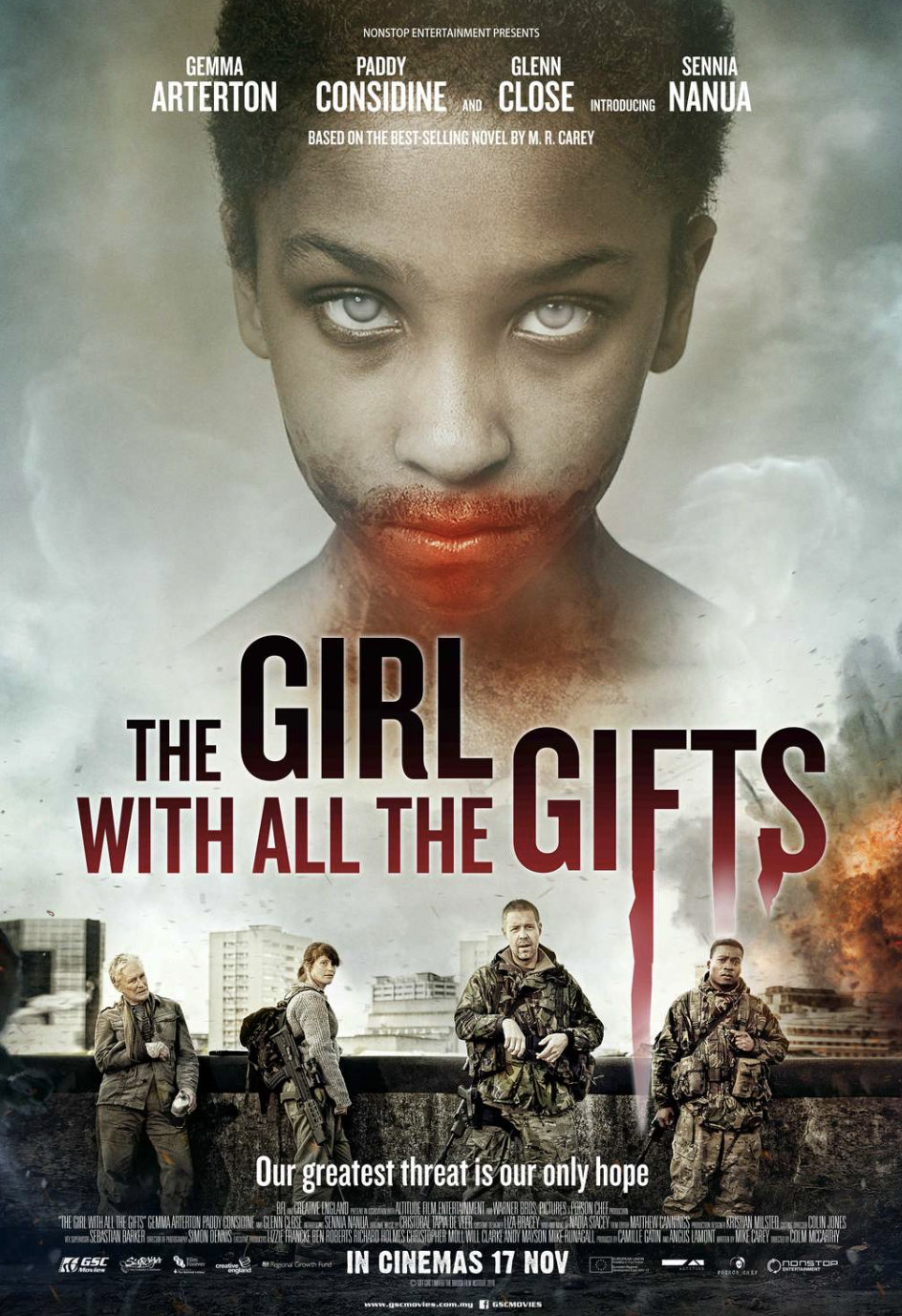
The Girl with All the Gifts (2016)
"The Girl with All the Gifts" distinguishes itself in the zombie apocalypse genre by exploring the narrative through the eyes of Melanie, a young girl who might just be the beacon of hope for a ravaged humanity. Directed by Colm McCarthy, this British post-apocalyptic narrative delves into uncharted territories of the genre by blending elements of horror with heartfelt drama. Melanie, portrayed with depth and vulnerability by Sennia Nanua, is both the potential savior and, in the eyes of some, a terrifying embodiment of the infection that has decimated civilization.
Set in a dystopian future where humanity is on the brink of extinction due to a fungal infection that turns its hosts into "hungries," the film raises compelling questions about identity, morality, and what it means to be alive. The narrative's strength lies in its ability to present the infected not just as mindless adversaries, but as complex entities, thereby challenging the traditional zombie archetype.
With its gripping storyline, nuanced characters, and a hauntingly beautiful score, "The Girl with All the Gifts" offers a unique perspective on the genre, focusing on the thin line between survival and extinction. The film stands out for its innovative approach to the familiar theme of zombies, making it an essential watch for those seeking depth and innovation in their apocalyptic tales.
You May Also Like:


